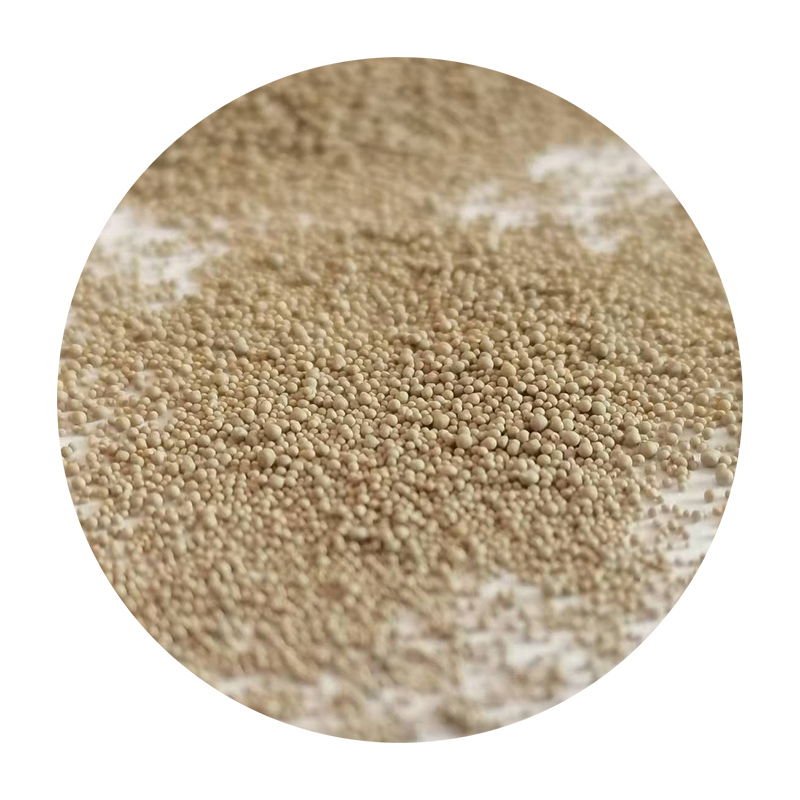 Pipe Fittings and Valves**
Critical infrastructure like pipelines and industrial plumbing systems require precise and resilient components Pipe Fittings and Valves**
Critical infrastructure like pipelines and industrial plumbing systems require precise and resilient components
Pipe Fittings and Valves**
Critical infrastructure like pipelines and industrial plumbing systems require precise and resilient components Pipe Fittings and Valves**
Critical infrastructure like pipelines and industrial plumbing systems require precise and resilient components examples of sand casting products. Sand casting is employed to produce pipe fittings, valves, and even manhole covers, ensuring leak-proof connections and resistance to wear from constant pressure and flow. The ability to produce complex internal geometries makes sand casting particularly suitable for valve bodies with intricate passages.
**5. Aerospace Components**
While aerospace engineering demands precision and lightweight materials, sand casting still plays a role in producing specific parts like turbine blades, engine mounts, and structural components. Specialized sand casting techniques, such as shell molding or investment casting, are utilized to achieve the tight tolerances and material properties required in these high-stress applications.
**6. Marine Hardware**
Navigating the harsh marine environment necessitates hardware that can resist corrosion and withstand the forces of water. Sand casting provides shipbuilders with anchors, propellers, and various deck fittings made from corrosion-resistant alloys like stainless steel or bronze. The ability to create large, single-piece castings reduces the need for welding, enhancing the overall integrity of these vital components.
**7. Artistic Castings**
Artists too find value in sand casting, using it to create sculptures, statues, and other artistic expressions. The malleability of sand allows for the reproduction of intricate details and textures, making it a favored medium for casting metals like bronze or aluminum into unique and enduring pieces.
In conclusion, sand casting remains a cornerstone of modern manufacturing due to its versatility, cost-effectiveness, and capability to produce components across a wide range of sizes and complexities. From the most mundane to the highly specialized, the examples highlighted illustrate how deeply embedded sand casting is in our daily lives and technological advancements. As manufacturing technologies continue to evolve, sand casting stands as a testament to the enduring utility and adaptability of traditional processes in an ever-changing world.
Post time:Jun . 25, 2024 02:20
examples of sand casting products. Sand casting is employed to produce pipe fittings, valves, and even manhole covers, ensuring leak-proof connections and resistance to wear from constant pressure and flow. The ability to produce complex internal geometries makes sand casting particularly suitable for valve bodies with intricate passages.
**5. Aerospace Components**
While aerospace engineering demands precision and lightweight materials, sand casting still plays a role in producing specific parts like turbine blades, engine mounts, and structural components. Specialized sand casting techniques, such as shell molding or investment casting, are utilized to achieve the tight tolerances and material properties required in these high-stress applications.
**6. Marine Hardware**
Navigating the harsh marine environment necessitates hardware that can resist corrosion and withstand the forces of water. Sand casting provides shipbuilders with anchors, propellers, and various deck fittings made from corrosion-resistant alloys like stainless steel or bronze. The ability to create large, single-piece castings reduces the need for welding, enhancing the overall integrity of these vital components.
**7. Artistic Castings**
Artists too find value in sand casting, using it to create sculptures, statues, and other artistic expressions. The malleability of sand allows for the reproduction of intricate details and textures, making it a favored medium for casting metals like bronze or aluminum into unique and enduring pieces.
In conclusion, sand casting remains a cornerstone of modern manufacturing due to its versatility, cost-effectiveness, and capability to produce components across a wide range of sizes and complexities. From the most mundane to the highly specialized, the examples highlighted illustrate how deeply embedded sand casting is in our daily lives and technological advancements. As manufacturing technologies continue to evolve, sand casting stands as a testament to the enduring utility and adaptability of traditional processes in an ever-changing world.
Post time:Jun . 25, 2024 02:20
Next:Revolutionizing Manufacturing 3D Printing with Sand Technology
